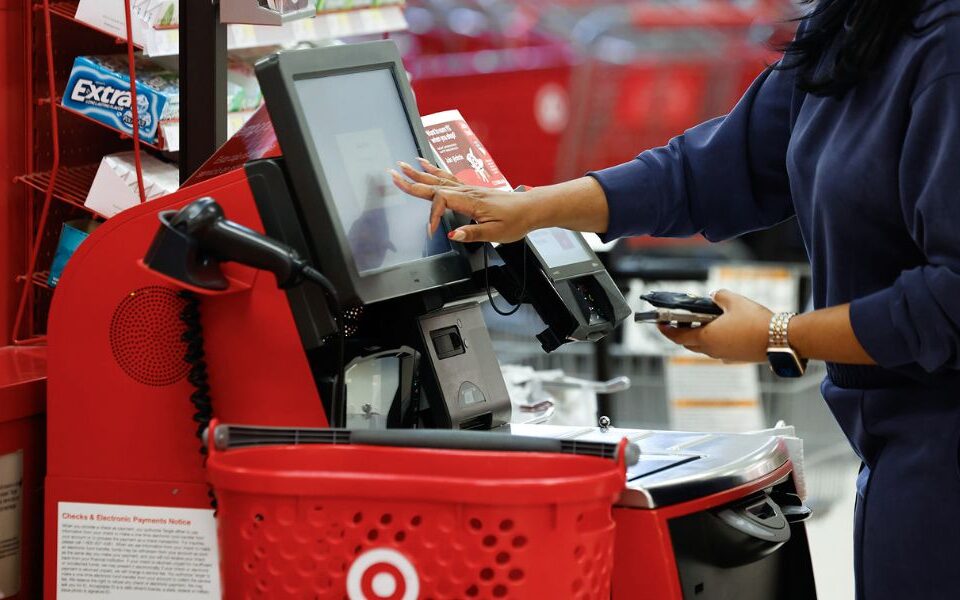- Have any questions?
- 888-432-8878
- steve@sebackground.com
How Should Employers Handle Business Travel in the COVID-19 Era?
October 6, 2021Puerto Rico Adopts Minimum Wage Act
October 7, 2021The need for organizations to be attuned to their workforce’s values and needs has never been more critical. After reflecting on what’s most important to them throughout the pandemic, 40% of the global workforce is considering leaving their employer this year.[1] Organizations that are able to build a sustainable and differentiated worker-employer relationship will be able to stem attrition, traverse shifts in marketplace conditions, and thrive not just through the pandemic, but future disruptions as well.
But this may be easier said than done, as organizations that are looking to compete in today’s competitive talent market feel compelled to match competitor moves and respond to workers’ expressed preferences as quickly as possible. As table stakes keep shifting, HR has an opportunity to lead the organization by prioritizing workforce strategies that will shape their employer brand, strengthen their relationships with current and future workers, and help them achieve business outcomes that will allow them to rise to the top, rather than race to the middle.

7 in 10 leaders today say they’re challenged to find talent with the right skills.
HR needs to progress on its journey from static reporting to dynamic workforce insights and just-in-time sensing and listening.
In our 2020 Global Human Capital Trends research, only 11% of organizations said they were able to produce information on the state of their workforce in real time, with 43% telling us they produce it either ad hoc or not at all.[2] But in today’s dynamic environment, even retrospective metrics and measurements offer limited value.
For example, traditional diversity metrics (e.g., demographic data) alone cannot tell an organization if they’re creating an environment that fosters belonging, offers equitable opportunity for all voices to be heard, or celebrates diversity of thought and perspective. Nor can it tell organizations if they’re placing diverse leaders in positions of influence. However, organizations who focus on sensing and listening will be able to gain deeper insights about their organizational culture and employee experience that can equip them to actively manage their workforce and business strategies. That means employing tactics that pulse the workforce more frequently, help differentiate values from preferences, focus on both formal and informal communities and networks, and incorporate the voice of the worker in decision-making practices.
Organizations that expand their sensing and listening capabilities will also be able to stay ahead of industry disruptions and future of work trends. For instance, external marketplace triggers can help organizations understand how new technologies are disrupting jobs and roles and can help organizations anticipate emerging skills needs to inform their talent access and development strategies.
HR should establish a clear vision for the worker-employer relationship that’s rooted in organization and workforce values.
Instinctively, organizations may want to respond quickly to stay in line with industry peers. But focusing on what matters first may get in the way of establishing the strategies that matter most. And trying to react to every emerging preference and trend could put organizations in a seemingly endless cycle of roll-outs and reforms. HR can lead the organization by aligning the broader c-suite on a worker-employer value proposition that ties to the organization’s broader mission and purpose – and by using that value proposition as a guiding force against which to weigh decisions.
But it is not enough to merely communicate that employer brand; organizations must back up their statements and stances with action. 86% of executives in our 2021 research say that workers will increasingly value organizations who offer a meaningful mission and provide them with opportunity to make an impact on that mission.[3] For HR leaders, that means incorporating the employer brand into every aspect of the talent lifecycle; helping business leaders’ model purpose through their daily actions; putting governance and infrastructure in place to measure progress against clear, tangible goals; and finding ways to co-create with the workforce to advance the organization and workers’ collective mission.
HR should create sustainability in its relationship with workers by designing careers for choice, mobility, and adaptability.
As the half-life of skills decreases and technology continues to disrupt business processes, an employer brand that focuses on the needs of the workforce today without building sustainability for tomorrow will not support organizations as they navigate the next disruption on the horizon.
HR can lead the organization by re-architecting work in ways that make it more meaningful and help amplify strengths that are uniquely human – like creativity, problem-solving, and experimentation. Doing so will require organizations to develop education and career paths that allow workers to grow with the organization rather than falling behind. That includes helping employees understand how their skills might match new roles or opportunities in the organization.
This isn’t an entirely altruistic action on the employer’s part. 7 in 10 leaders today say they’re challenged to find talent with the right skills and capabilities to meet their growing business demands[4]. And 53% of respondents in our 2020 research said that between half and all of their workforce would need to change their skills and capabilities in the next three years.[5] With virtual work models disrupting traditional talent development programs in many organizations, employers need to refocus on this imperative quickly or risk falling behind.
—
In today’s competitive talent market, it’s difficult for organizations to step outside of the “here and now” to adopt a forward-looking lens, but the value of doing so was on full display during the pandemic. The 15% of executives who said their organizations were best prepared for COVID-19 were taking actions to future-proof their organization while navigating the disruption. That group was twice as likely as their less-prepared counterparts to pivot investments for changing business demands, use technology to transform work, and recognize the importance of organizing work to facilitate rapid decision-making.[6] HR leaders, who proved their ability to lead their organizations through crisis during the pandemic, now have an opportunity to lead again – this time, to build a strong worker-employer relationship that will help them thrive in the next set of disruptions to come.
Read more in Deloitte’s Global Human Capital Trends research.
[1] Microsoft, “The next great disruption is hybrid work – Are we ready?,” accessed July 5, 2021
[2] Erica Volini et al., The social enterprise at work – 2020 Global Human Capital Trends, Deloitte Insights, May 2020.
[3]. Erica Volini et al., The worker-employer relationship disrupted – 2021 Global Human Capital Trends Special Report, Deloitte Insights, December 2020.
[4] https://investor.manpowergroup.com/news-releases/news-release-details/global-talent-shortages-reach-15-year-high-workforce
[5] Erica Volini et al., The social enterprise at work – 2020 Global Human Capital Trends, Deloitte Insights, May 2020.
[6] Erica Volini et al., The social enterprise in a world disrupted – 2021 Global Human Capital Trends, Deloitte Insights, December 2020.
The post How HR leaders can deliberately shape their worker-employer relationship? appeared first on The HR Digest.
Source: New feed




